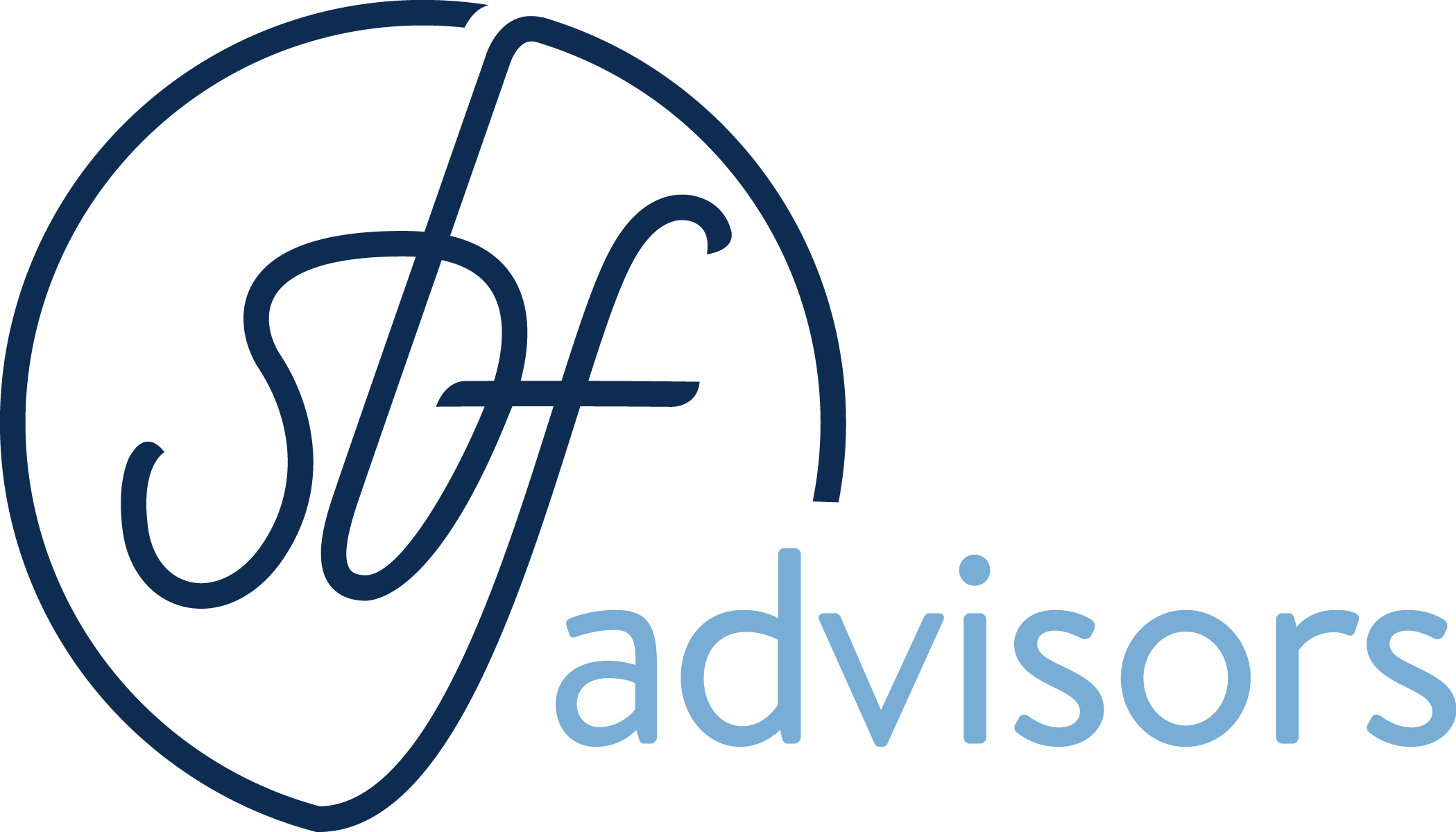The Top Cash Flow Tips That Medical Practices Need to Follow
Getting a hold of your practice’s cash flow situation may be difficult, but it certainly isn’t impossible – provided that you’re able to keep a few key issues top of mind.
By far, one of the biggest issues that most organizations face is and will always be cash flow. This is especially true when it comes to medical practices, where you typically have two payors – Medicare or managed care insurance companies and the patient. This often creates confusion and complexity in collecting on benefits provided to the patient.
Cash Flow Best Practices for Medical Organizations: Collecting Payments Based on Patient vs Managed Care Responsibility
Medical practices typically have two payors that split the cost of the services provided. Those services are billed based on a procedure code the physician or office staff inputs that corresponds to the services that were provided. Each patient visits can include multiple billing procedure codes each with a different managed care and patient responsibility.
Virtually every practice has, at its core, a procedure to verify patient insurance. That verification procedure should be coupled with communication with the patient, either before services are provided or upon checkout, with an estimated patient responsibility for those services and the collection of payment to the extent possible. That may be easier said than done for some office visits—if you are going in for a strep test and a chest exam for a cold the office staff could probably anticipate what procedure codes are involved and determine patient responsibility after insurance for those services. Similarly if you are having a specific procedures (like outpatient procedures at an ambulatory surgery center) it is often easier to estimate with some accuracy the total charges and patients responsibility.
However, estimating patient responsibility may not be easy to do prior to the visit but practices that can automate those billing procedure codes, so that they are available when the patient checks out, have a better chance of collecting patient responsibility in office. Collecting in office leads to less overall write-offs of patient balances and less time spent by office staff requesting payment.
If collecting the full amount of the patient’s responsibility in the office is not possible or practical, then a good practice management system with good data is a must. Often medical practices do not take the time or diligence in setting up and implementing these systems and thus the underlying data is inaccurate. A good practice management system will provide accurate data on patient receivables and aging to enable office staff to regularly follow-up on patient payment and even perhaps request that payment in subsequent office visits before services are provided. It can also help monitor explanation of benefits (EOBs) that have been rejected or held and remediate them timely with the proper information.
Medical Supplies and Inventory: Is your cashflow buried in a drawer or closet?
Another area where medical practices can improve cashflow is to monitor inventory. In the context of medical practices, inventory can mean actual inventory (eye glasses, vitamins, supplements, lotions) but it can also mean items that the physician inventories at the practice for use in specific medical procedures (injection, implants, rods, screws etc). If inventory is not properly managed, accounted for, and reviewed (at least once a year) it can lead to some items becoming “stale” and therefore not safe for use, over-ordering (which can cause a cashflow crunch and anomalies in financial reporting), or not being able to schedule procedures timely because of under-ordering. Inventory is not a subject that is considered often in medical practices but it can make a significant impact on cashflow and operations.
In the end, cash flow is often an issue for many businesses – not just medical practices. But by following the tips outlined above, you can mitigate as much risk from this issue as possible.

